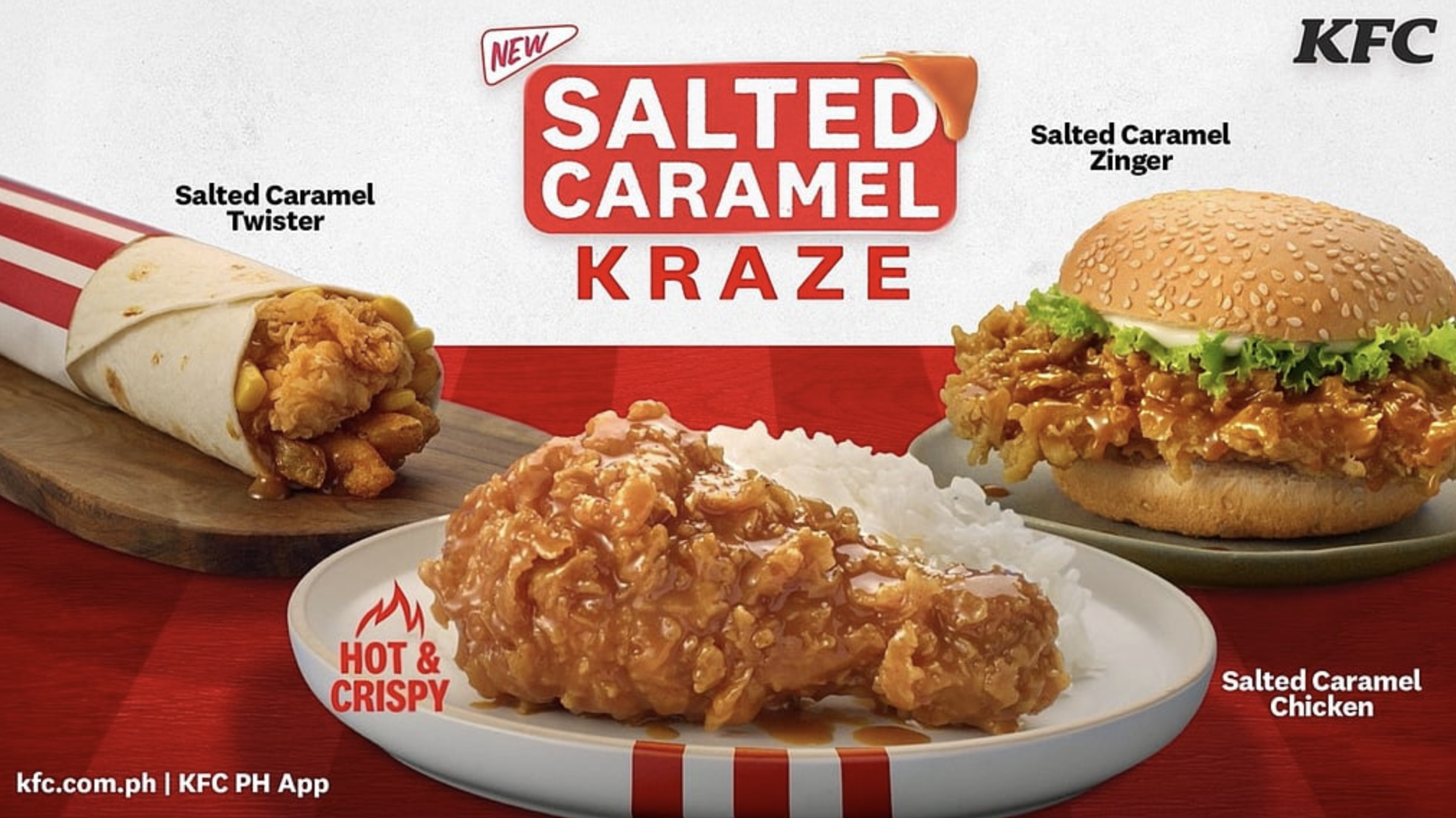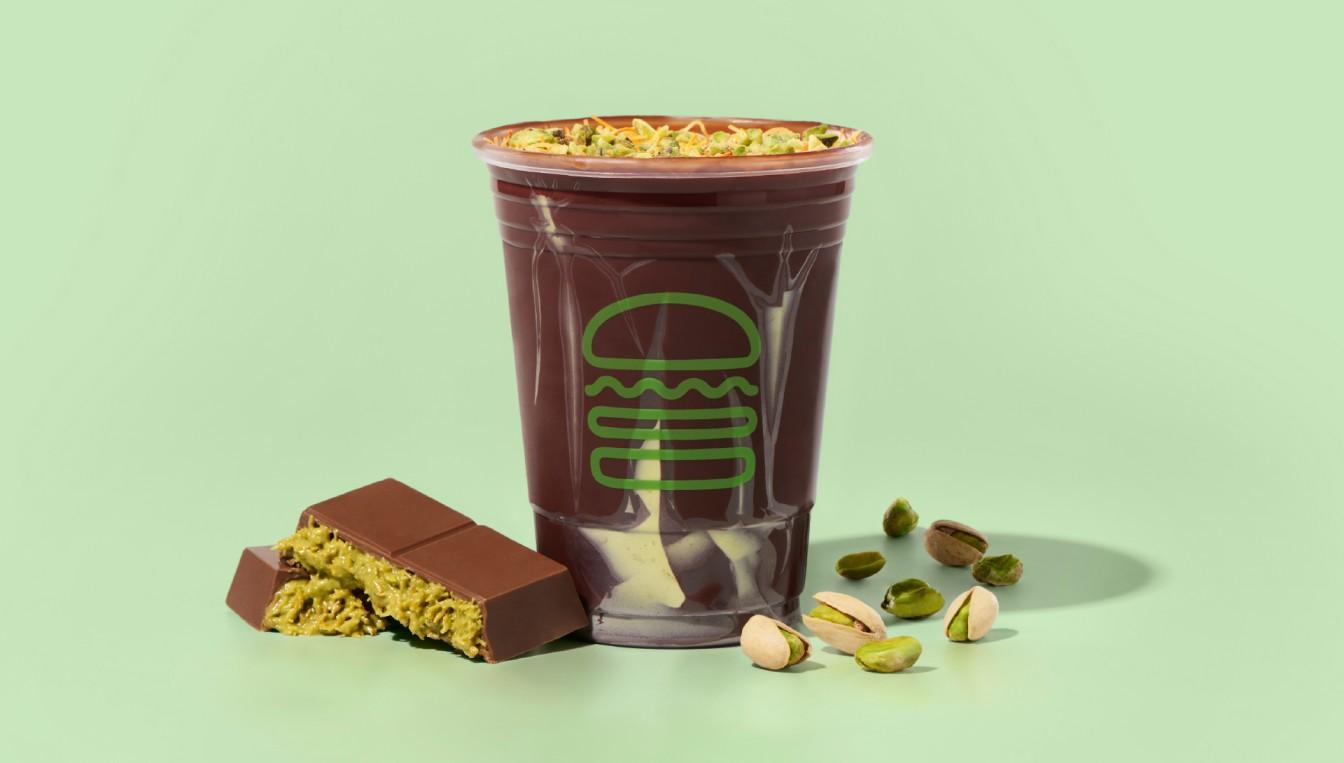9 of the Prettiest Fruits and Veggies You Never Knew Existed

There are some fruits out there that look like they could belong on another planet, but surprisingly, they hail from this one.
Their shapes, colors, textures and smells can be a completely unique experience at first, but that’s the beauty of new things, right? We asked our friend’s at Melissa’s Produce to send over some fruit we may not have have heard of before in order to expand our produce horizons. The result? An array of some of the prettiest fruit you’ve likely never heard about…and everything you need to know about them:
————–
Passion Fruit

Region: Native to South America.
Uses: Salads, desserts and juices.
Taste: Guava-like, sweet and tart

The pulp from passion fruits are rich with vitamins A and C and the seeds are a pretty solid source of fiber. Passion Fruit skins vary between red and purple hues. The passion fruits name comes from missionaries who when they first saw the fruit’s unique flower patterns, thought that it looked like Christ’s Passion on the cross.
————–
Baby Pineapple

Region: South Africa
Uses: Same as pineapples though you can eat the core. Makes great centerpieces.
Taste: Bold, rich, sweet and tart.

Goes by many different names depending on the country you find them in, Queen Victoria Pineapples being a common one. Baby pineapples are considered a super fruit because of its high nutrients and high antioxidants. Baby pineapples are actually used as much for decoration as actual consumption. They taste sweeter and are more aromatic than regular pineapples. Huh. Guess smaller can be better sometimes.
————–
Rambutan

Region: USA, Mexico, Guatemala and Honduras
Uses: Desserts or eaten by hand.
Taste: Juicy and sweet cross between a strawberry and a muscat grape.

Rambutans are packed with vitamin C, calcium, protein, iron and fiber. They also contain niacin, also known as vitamin B3, which lowers bad cholesterol and raises good. They share a relation to lychees. Rambutans utilize nutrients from not only fruit, but also bark, leaves and rinds as well. Its also known to treat ailments such as diabetes, fatigue and bloating.
————–
Dragon Fruit

Region: Many parts of the world, primarily in Vietnam
Uses: Fruit salads
Taste: Earthy and slightly sweet.

Dragon Fruits can be found growing on climbing cactuses. Their seeds are spread through bird droppings that scatter throughout the region. Dragon Fruits draw their name from the flowers that grow along with the fruit, often resembling a dragon. The dragon fruit is best known for its cleansing properties in the digestive system.
————–
Kiwano (Horn Melon)
Region: Originally Africa, currently United States
Uses: Sorbets, fruit salads, ice cream and syrups
Taste: Cross between a zucchini, cucumber and kiwi.
The kiwano has spiky points along its skin. If you crack it open, there’s a jelly-like flesh underneath filled with seeds. When you chill a kiwano, the flavor enhances so that it will taste even better. You can tell how sweet a kiwano is by the brightness of its skin (brighter equals sweeter). The melon is about 90% water and filled with vitamin C. Both seeds and flesh are edible.
————–
Pepino Melon
Region: South America and Ecuador
Uses: Eaten like a melon when ripe or served on salads.
Taste: Cross between a honeydew and a cucumber
Pepino is the Spanish word for cucumber, though the name carries through for the melon worldwide. They’re related to tomatoes and eggplants, but the texture is closer to a cucumber. Pepino melons are filled with beta-carotene antioxidants that prevent illness as well as lowers blood pressure and boosts cardiovascular health. They also contain vitamins C, A and K.
————–
Cherimoya
Region: Chile, United States
Uses: Smoothies, yogurt, fruit drinks, desserts, or eaten by hand.
Taste: Cross between a strawberry, mango, pineapple and pear
Though high in calories, the cherimoya is also high in fiber, vitamin C and calcium. It’s also known to boost the immune system. The cherimoya is often referred to as a custard apple because of it’s custard-like texture but sweet and aromatic taste. A ripe cherimoya will taste like a combination of many different fruits, creating a unique amalgam of flavors. The name cherimoya comes from the Incan word “chirimuya” which means “cold seeds.”
————–
Tamatillo (Tree Tomato)
Region: South America and New Zealand
Uses: Salsas, sauces, salads or sandwiches.
Taste: Gelatinous pulp and edible seeds similar to red tomatoes
Tomatillo translates to “little tomato.” Which is more or less true. The species of tomatoes is best known for its use in salsas and sauces and goes great with peppers. They’re covered in a paper-like husk that bears a resemblance to Chinese Paper Lanterns. Tomatillos, while low in calories, provide a decent amount of vitamins A and vitamin K.
————–
Baby Cauliflower
Region: United States
Uses: Salads, sides or however you use regular cauliflowers.
Taste: Mild flavor that absorbs seasonings.
Baby cauliflowers are high in vitamin C and fiber. They also contain selenium which is said to help boost the immune system. While smaller than regular cauliflower, they’re much easier to handle and prepare. The sprouts people eat are called buttons. Its bitter flavor pairs well with spices like curry, cumin or garlic.































